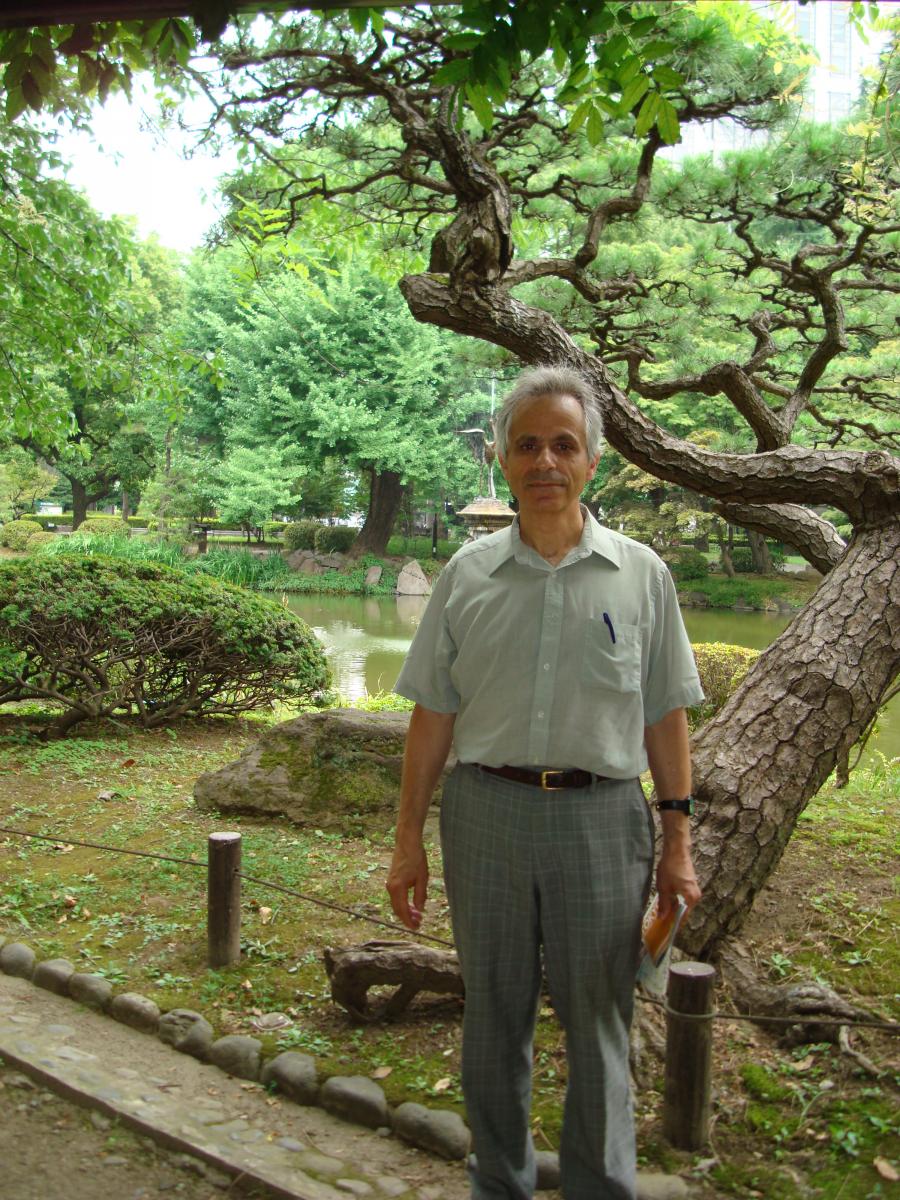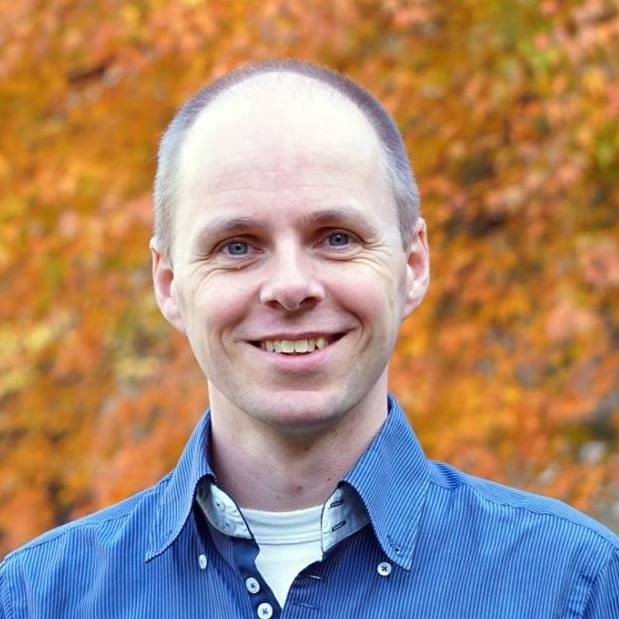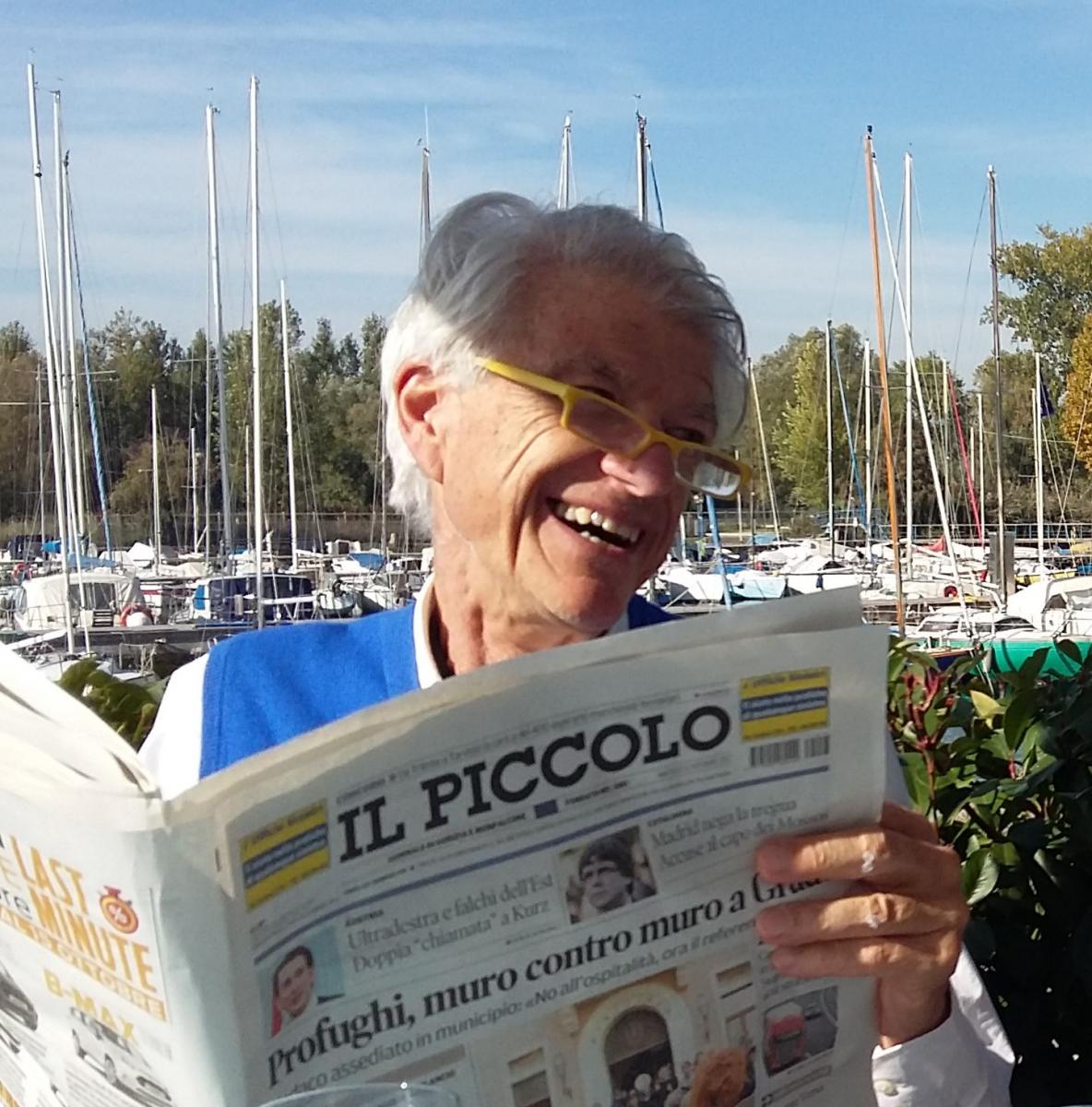Advisory Committee
- AC: Advisory Committee
The Advisory Committee is an addition to the internal operation and goverance of ELENA. The AC will act as an independent group to comment on upon its strategy, research progress, training delivery and dissemination. The AC is composed of leading members of the Nanotechnology community (experience in FEBIP and EUVL) and experts in electron molecular interacting and the relevant synthetic chemistry. The AC will participate in ELENA’s annual meeting, mid-term and final meetings and will participate in the evaluation of ELENA’s annual reports.
The AC is chaired by Prof. Ilya Fabrikant, and with him in the AC are Dr. Willem van Dorp and Stefano Nannarone.

Dr. Ilya Fabrikant received his PhD in theoretical atomic physics in 1974 from the Institute of Physics in Riga, Latvia, then the USSR, where he worked as a Research Fellow until the year 1988. After a year as a Visiting Scholar at the James Franck Institute of the University of Chicago and the Harvard-Smithsonian Center for Astrophysics he accepted the position of an Associate Professor at the University of Nebraska-Lincoln and was appointed as Full Professor there in 1995.
Prof. Fabrikant is an internationally renowned expert in electron molecule interaction, both from the theoretical and the experimental point of view. His current research activities embrace electron-atom and electron-molecule collisions, electron attachment to physisorbed molecules and clusters, collisions of Rydberg atoms with neutral atoms and molecules, atomic processes in external fields; negative ion decay and multi-photon ionization, and positronium collisions with atoms and molecules. Prof. Fabrikant has published more than 170 peer reviewed papers in his carrier, has given 57 invited talks at professional meetings and numerous invited talks at universities and national labs around the world. Dr. Fabrikant has been an organizer and co-organizer of several professional meetings. Most recently he served as a Chair of the International Advisory Committee of the XX International Symposium on Electron-Molecule Collisions and Swarms (Magnetic Island, Australia, 2017). Prof. Fabrikant has strong connections with scientists in Europe. He was a recipient of the Marie Curie fellowship that allowed him to stay and conduct his research at the Open University, UK, in 2010-2012. He has also collaborated with the group of Hartmut Hotop (University of Kaiserslautern, Germany), Jiri Horacek (Charles University, Prague), Michael Allan (University of Fribourg, Switzerland), Juraj Fedor (Heyrovsky Institute, Prague), Stefan Denifl (University of Innsbruck), Gleb Gribakin and Jorge Kohanoff (Queen’s University Belfast) and several other groups around the world. In 1999 he was a recipient of the Japanese Society for Promotion of Science travel award. During his tenure at the University of Nebraska Dr. Fabrikant has graduated five Ph.D. students and is supervising now two more doctoral students.
-----------------------------------------

Dr. Willem van Dorp has worked on materials science and characterization, electron microscopy, electron-induced chemistry, nanolithography and surface science. He did a BSc in chemical technology and he did an MSc in materials science. He received his PhD in applied physics in 2008 from the Charged Particle Optics Group at the Technical University of Delft, in Delft, the Netherlands.
The topic of his PhD thesis was sub-10 nm focused electron beam-induced deposition, and he showed that the electron beam can be used to write 0.7 nm sized deposits, the world record at the time.
After his PhD Willem worked as a visiting scientist at the Laboratory for Surface Modification at Rutgers University, the state university of New Jersey. There he determined the reaction rates of electron-induced chemistry, using surface science techniques.
In 2009 he won a prestigious research grant, a Veni fellowship. In 2010 he moved to the Materials Science Group at the University of Groningen, in the Netherlands, to pursue his own lines of research. There he demonstrated that the deposition of material with the e-beam can be followed on the molecular level. He showed that low-energy electrons play a key role in the deposition process and the minimum size of the written features.
In parallel Willem started an interdisciplinary program to find new organometallic and inorganic compounds for electron-induced chemistry. This required a close collaboration with theoretical and inorganic chemists. The work resulted in a design for an improved gold precursor for focused electron beam-induced processing. In 2015 he started as a senior scientist at the Dresden Center for Nanoanalysis, a new microscopy facility at the Technical University in Dresden. Having a difference of opinion about how to set up the new center, he moved back to the Netherlands in 2016. He currently works as a consultant and project manager at Uniresearch, an independent grant consultancy focusing on technological innovations.
Dr. Willem van Dorp has (co-)authored 36 peer reviewed papers and has given 19 invited talkes. He has been (co-)organizer of the first international workshop on electron beam induced deposition in Delft (2006), and of two workshops on low-energy electrons, lithography, imaging and soft matter.
-----------------------------------------

Stefano Nannarone graduated in Physics at the University of Rome in February 1967. Thesis work dealt (supervisor Prof.G.Chiarotti) with the optical properties of semiconductor clean surfaces providing the experimental demonstration of the existence of surfaces electronic states. He was appointed as full professor in general Physics in 1989 and since then until his retirement in 2013 he held the chair of General Physics and subsequently of that of Materials Science at the University of Modena (Italy). He had previously been appointed Associate Professor at the University of Camerino (Italy) where he held the classes of quantum mechanics and quantum chemistry (introductory level) and general physics of the degree in Chemistry. He then moved as Associate Professor to the University of Rome “La Sapienza” where he held the chair of “Solid state devices” of the degree in Physics until 1989. He has contributed to the launch of the experimental activity in materials science at the University of Camerino and he has been responsible of research groups oriented to the study of materials and their surfaces and interfaces at the Universities of Rome and Modena. He has been supervisor of a significant number of master and PhD thesis. He currently belongs, as associate researcher, to the National Council of Research (CNR) of Italy. He heads a research group of the IOM-CNR Institute at Trieste (Italy). The group runs an UV-SoftX synchrotron radiation beam line (BEAR) at Elettra (Trieste, Italy). Main group’s research lines include the study of solid materials - with emphasis on low dimensionality systems, ultra thin films, surfaces and interfaces - and the metrology of optical elements. The main themes of his scientific activity concerned the electronic structure of clean semiconductor surfaces, the formation of semiconductor metal interfaces, buried interfaces and ultra thin organic films. The approach used was mainly experimental though part of the activity involved also phenomenological modeling of propagation of the electromagnetic field in layered anisotropic media and simulation of dichroic optical reflectivity and transmission. The experimental techniques used included optical reflectivity and absorption from infrared to soft-X, photo-emission and Auger spectroscopy, standing wave assisted fluorescence and photoemission, metastable atom de-excitation spectroscopy and electron energy loss spectroscopy. He participated to the projects of exploitation of synchrotron radiation at ADONE (Frascati, Italy) and Elettra (Trieste, Italy). At Elettra he has been in charge of the construction and commissioning of the BEAR (Bending magnet for Absorption Emission and Reflectivity) beamline of CNR.
He has spent periods as a visiting scientist at Department of chemical engineering and material science of the University of Minnesota (Minneapolis, USA), Department of Physics of University of Montana (Bozeman, USA), Centro Atomico – Instituto Balseiro (Bariloche , Argentina), LEPES – CNRS Grenoble (France) and LURE _ CNRS (Orsay,France). He is author of more than 200 scientific publications on refereed international journals. He chaired the “Surfaces and interface” committee of INFM (Istituto Nazionale della Fisica della Materia – National Institute for the Physics of Matter).
